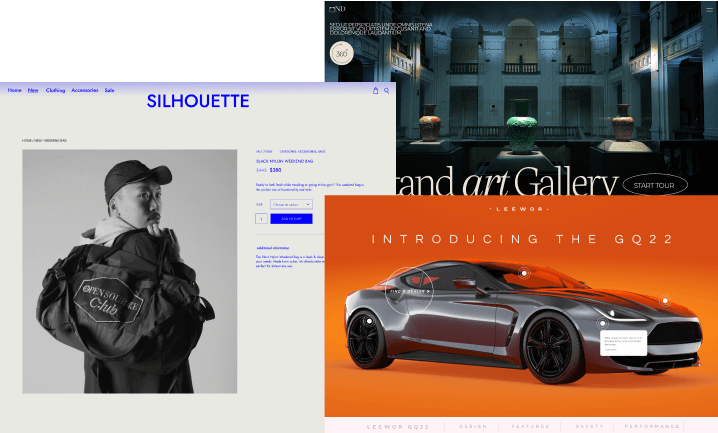Web pages comprise web links. These links can send users to site pages (internal links) or external sites. There are Absolute paths or Relative paths, and a web developer can create internal links by using either.
The Absolute path contains all the elements and a complete list of directories to find a specific folder or file and begins with the domain URL.
An Absolute path can be a full or short version. The short version begins with a forward slash and part of the full URL but without the domain name.
The Difference Between Absolute and Relative Paths
The Absolute path begins with a URL and enables finding specific folders or files in the domain. On the other hand, a relative path only points to an associated link and is often combined with additional paths to retrieve a file.
For the above reasons, site creators use relative paths to link files or pages within a site. However, to link anywhere else and to external folders or files on a different site requires using an Absolute path with its entire URL. Regarding operating systems, one can determine the Absolute path by right-clicking on the folder/file and selecting “properties.”
Absolute Paths Best practices
When you link to a page on your site, always use the Relative path or Absolute path’s short version. Doing so accelerates page load time as you have informed the server that the linked page is on the same site.
Another reason to avoid using the Absolute path’s full version is that if you ever need to change your site’s domain name, the links will not break. But, again, the reason is that your old domain name is not hardcoded into the links with the full version of the Absolute path.




